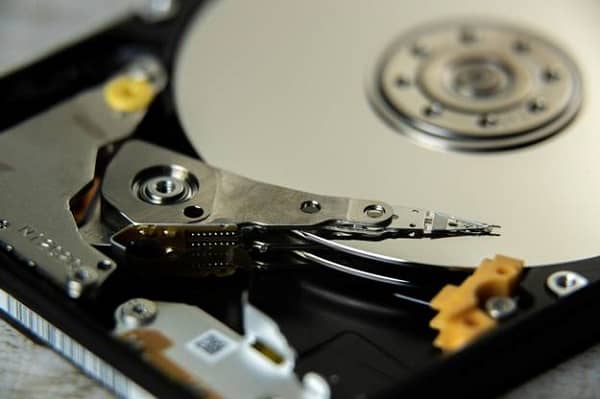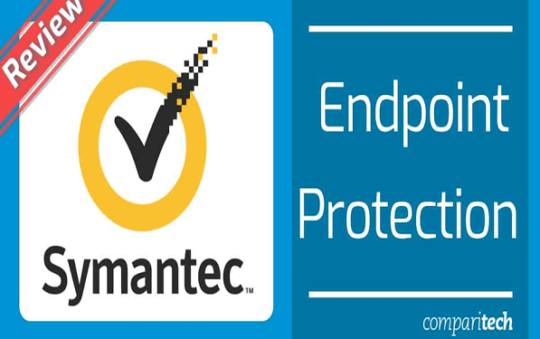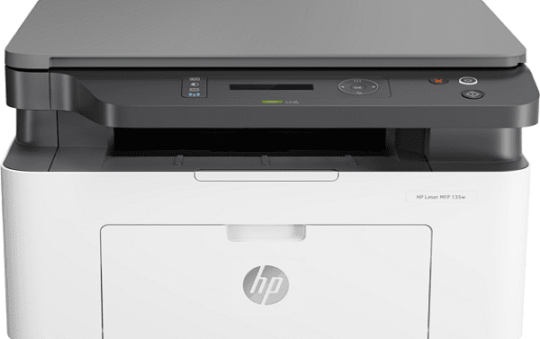Data held on an electronic device can be a liability — both for individuals at home and for businesses. Technical hardware may still hold sensitive information — even after you think you’ve deleted it — that you wouldn’t want to fall into the wrong hands.
Safeguarding against a data breach or identity theft is crucial. Should confidential business documents land with a tech-savvy, unscrupulous thief, you could be risking personnel files (which puts your entire team in a risky situation) while potentially tarnishing your brand’s reputation. Understandably, the public and other companies may think twice before working with a business that’s experienced a breach.
While most companies will recruit the help of shredding services to destroy sensitive paperwork, do you take the same care when it comes to disposing of electronics?
Here are a few big-picture ways in which technology can work against you when you’re disposing of it, whether it’s because the machine has simply broken, it’s incompatible with new operating systems, or your company has a tech renewal policy.
Contents
Factory Reset
While the option of a factory reset exists on laptops, cell phones and tablets, it’s not entirely foolproof when it comes to wiping them completely clean of data.
A ‘factory reset’ sounds slightly deceiving. On some pieces of technology, a factory reset will simply revert apps, programs and visuals to their original factory setting — it doesn’t completely wipe all of the background intelligence. This means that your confidential data could still be there. This information is only removed when it’s written over with new data.
Degaussing
For devices that have spinning hard drives (like laptops, desktops, and hard drives), try degaussing; this will destroy the magnetic field on the hard disc. Note, however, that this form of data clearing has a clear limitation in that it’s only effective for machines with a spinning hard drive.
Turning the Machine Off and On Again
Take printers as an example. In a business or office setting, and even at home, printers are often used to print out contracts, invoices, banking information and personal employee data (i.e., sensitive or confidential information).
A printer may have two forms of memory. Volatile memory is cleared every time the printer is turned off, and non-volatile memory stays on the machine until it’s actively deleted — making printers with hard drives and printer memory cards desirable to identity thieves.
While there are a few ways to ensure your printer isn’t unknowingly sharing data when it’s still operational, what should you do with it once it’s obsolete?
As with most technology, the most recommended solution is to first:
- Restore the machine to its factory setting. This may also be described as ‘delete print queue,’ on some printers.
Failing this, it’s suggested that you:
- Turn the printer off and wait 60 seconds before plugging it back in; this may clear any stored data.
While these options may provide you with an immediate sense of satisfaction(yes, immediately visible stored data will be gone), again, it’s not a foolproof technique. Some knowledgeable criminals may still be able to access data.
Also read: How to Fix “Last Line No Longer Available” iPhone Error
Shredder Programs
Tapes and external hard drives are sure to hold important information. While you can wipe them of data — as with other technologies — that doesn’t necessarily mean that all files have been removed.
One way to clear hard drives and other large storage devices before you put them in the garbage is to implement a data shredder program. Using shredding software overwrites the space that once held the deleted file by filling the void with ones and zeros.
Using a shredder program will involve personal or employee time (if you don’t have a dedicated tech team) and financial resources.
A Secure Way to Destroy Electronic Media
As discussed, while there are some tactics that you can implement to clear electronic media of sensitive information, they’re not always 100% reliable.
If you don’t have a tech expert on staff, the most secure way to destroy obsolete technology is to recruit a specialized company — one that offers commercial and residential data destruction — to do it for you.
Make sure they have a robust environmental policy — so that you’re not a culprit of e-waste —and that you’ll receive a certificate to show that you’ve securely destroyed old media. Doing this will give both your team and your clients peace of mind.




